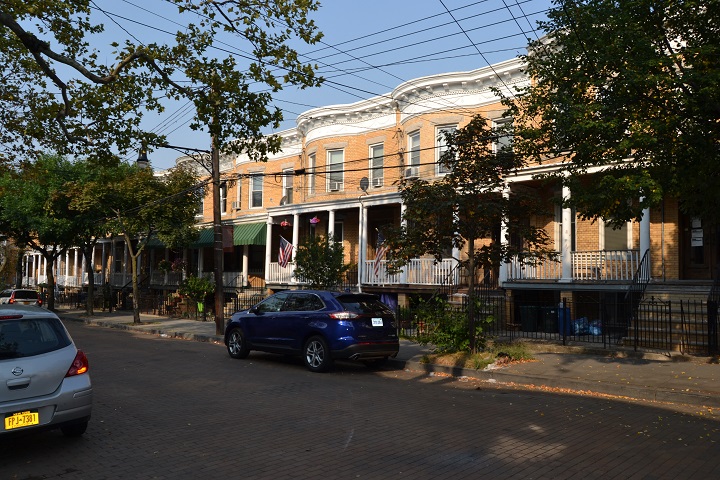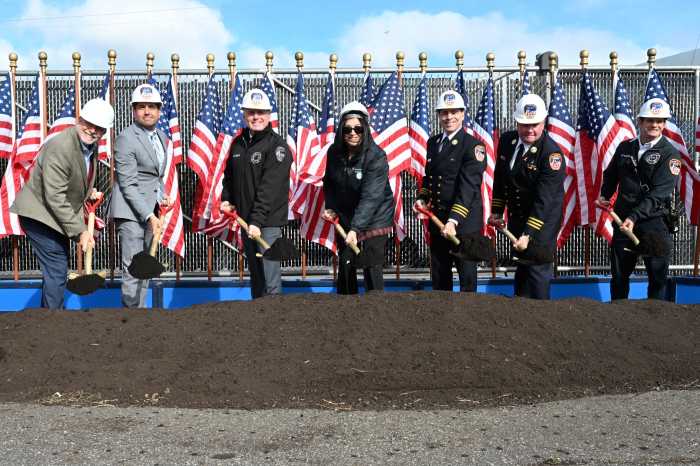Are Ridgewood-area landlords raking in tax breaks, while not listing their apartments as rent stabilized?
A new analysis published by ProPublica shows that nearly two-thirds of over 6,000 rental properties across New York City are receiving tax benefits from the city’s 421-a program do not have approved applications on file, and most haven’t even registered the apartments for rent stabilization, as required by law.
By not registering for rent stabilization, the owners can hike up rents as high as they like which leads to the gentrification of low-income neighborhoods, which has become a major problem in places like Ridgewood and the surrounding areas.
The 421-a program was created to spur developers of new apartment buildings to build low-income housing by offering property tax breaks for registering and listing their rental units as rent stabilized, which limits rent increases by small amounts established by New York City.
In order to take part in the 421-a program, developers must fill out an application where they agree to register their apartments for rent stabilization. After the new rental units are built, city officials verify that they’ve registered for the program and issue a certificate of approval. Once they receive the certificate, it must be filed with the city’s Finance Department so the owner can begin getting the tax break.
The ProPublica analysis shows that these procedures are not being followed. ProPublica estimates that together, these landlords have saved close to $300 million a year in property taxes without having to show that they’ve qualified for the 421-a tax break, or providing rent-stabilized units.
According to ProPublica’s database*, in the greater Ridgewood area, Maspeth has the lowest number of rent-stabilized buildings with 35 (14 without 421-a approval on file, while 21 were on file); Ridgewood has 46 rent-stabilized buildings (17 not on file, 29 on file); Middle Village has 61 rent-stabilized buildings (39 not on file, 22 on file); and Glendale has the most with 66 rent-stabilized buildings (42 not filed, 24 filed).
Users can search the database for their specific address to see if the landlord has been approved for the 421-a program and registered the building for rent stabilization. If not, the tenant may be paying much more than they are supposed to.
One way to make these landlords register their buildings, if eligible, is through enforcement.
The Department of Housing, Preservation and Development and the Department of Finance have identified the owners who do not adhere to the law and plan to notify them that they must comply or lose their benefits, ProPublica stated.
According to ProPublica, Mayor Bill de Blasio has also proposed reforms that would require owners to meet all 421-a criteria before the tax benefits are handed out.
*Approval data indicate whether the landlord has obtained an OK from the city’s Department of Housing Preservation and Development to receive a post-construction 421-a tax break and provided that approval to the city’s Finance Department to obtain it. In some cases, the housing agency may give its approval but the paperwork may be missing from Finance’s books. Status may change as lagging approvals get filed; the data shown here is current as of March 2016.
To show landlords are abiding by the 421-a program’s rent stabilization requirement, they must register their buildings and apartments for rent stabilization with the state’s Division of Housing and Community Renewal. Buildings that began receiving benefits after 2014, the latest registration data available, would not have an obligation to register as of that year, while those that received benefits prior to 2014 would.





































